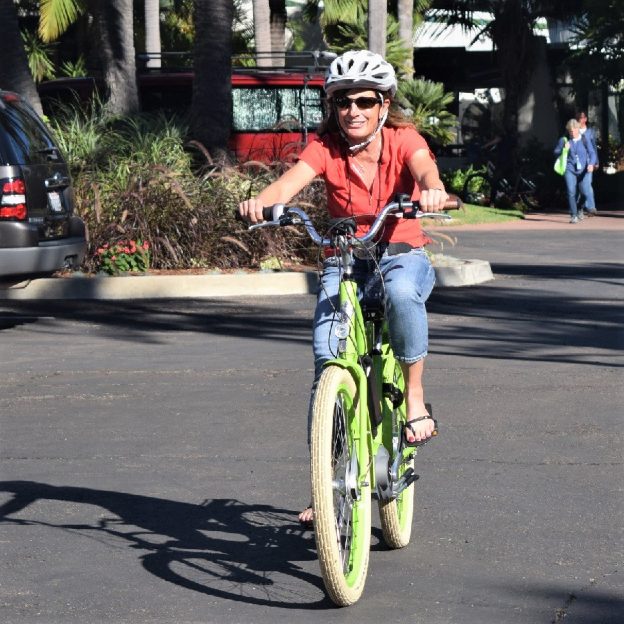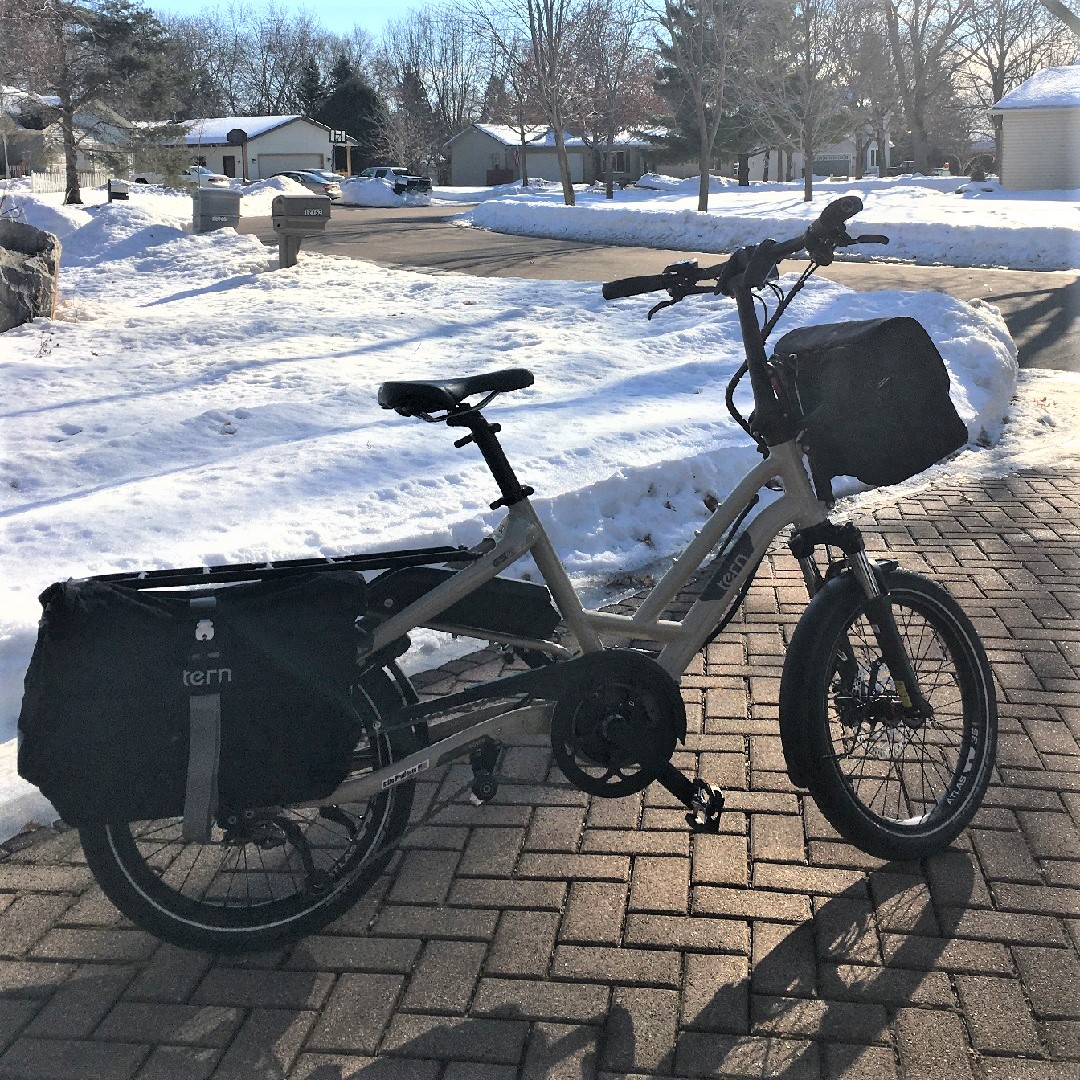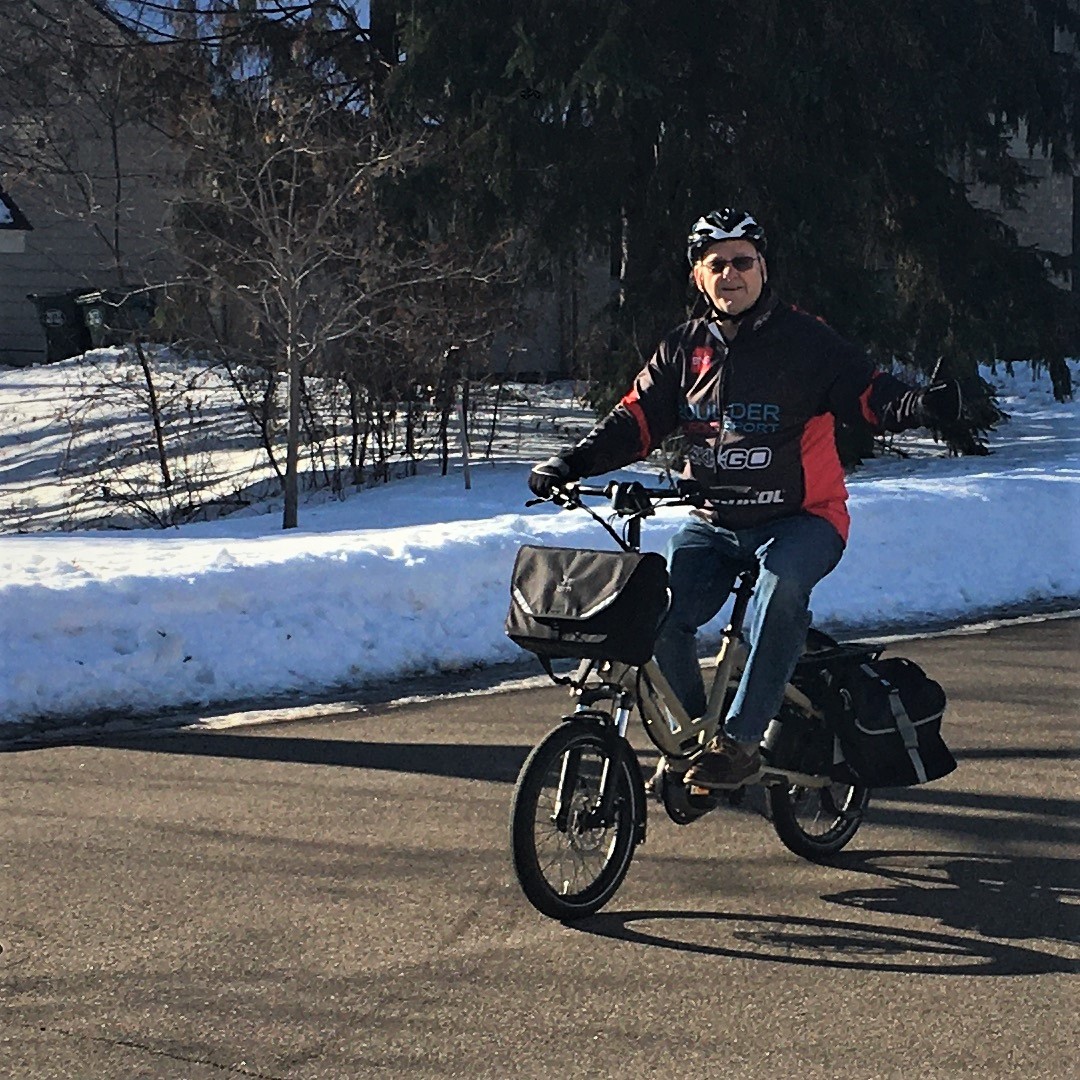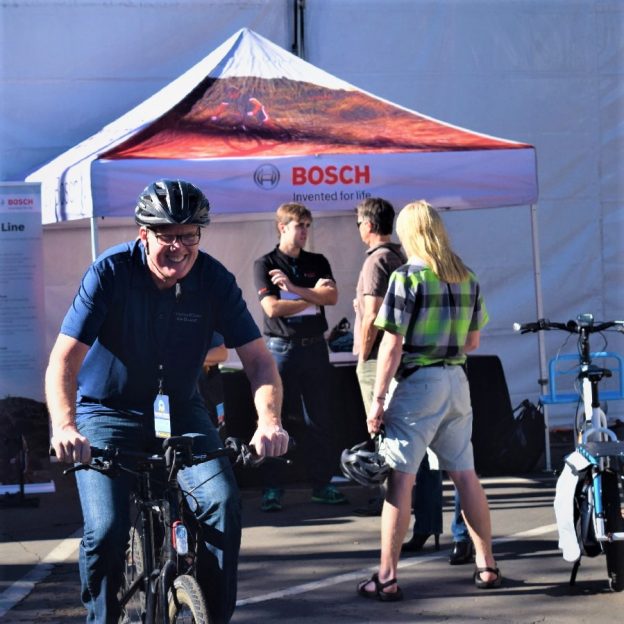by Russ Lowthian, HaveFunBiking
Recovering from hip or knee surgery can be fun when adding an electric-assist bike to the post-rehab process. After my second hip replacement and talking to others with hip and knee procedures, the e-bike made the rehab process easier. I achieved full-joint motion and an active lifestyle after surgery and physical therapy (PT). Especially with the improvements in electric bike technologies in the last few years.
This time, I used an e-bike from Tern Bicycles that helped me keep a comfortable cadence regardless of the terrain. A massive help in low-impact exercise to aid both the hip and knee rehabilitation process.
Incorporating an e-bike into your post-rehab process
Using an e-bike in the post-rehab process can be a great exercise. Ask your doctor or physical therapist if it is suitable for your specific condition. Then, once you move on a stationary bike, add some light resistance with an outdoor e-bike. Usually, within four to six weeks post, this will help improve the strength around the joint(s) you had replaced. Your therapist can help you determine the right amount of resistance settings when it’s time to convert to an e-bike. Just remember, if you are feeling any abnormal pain, inform your therapist and decrease the resistance or stop.
Going from a stationary bike to an e-bike in the post-rehab process
During my hip rehabilitation, I talked to several physical therapists at Twin Cities Orthopedics. They all recommended using a stationary bicycle for two to three weeks to help reduce the swelling. For a knee replacement, you may need to wait an additional week or two before starting to ride outdoors.
After six weeks of using a stationary bike and a regular walking regimen, I was able to start riding my bike outside.
From a stationary trainer to an e-bike outdoors
Once your physician clears you to start riding, take it slow and stop if you feel any sharp pain. Most e-bikes allow you to control the amount of electric assistance you use to gain a steady pedal rhythm or cadence. Start with the highest pedal assist level in a low gear and gently spin. This will ensure that you don’t stress your rehabilitated joint. As you progress, you can gradually decrease the level of assistance for a more robust workout.
As you can see in this video, riding an e-bike after knee replacement surgery provides the perfect balance to make a complete recovery. This is because a bicycle can strengthen your muscles and increase your mobility without putting too much strain on your joints when exercising. With the pedal assist of electric power, the e-bike requires less physical intensity and allows you to retain an average cadence level to heal faster.
Finding the perfect gear for cadence
Finding the perfect e-bicycle that allows you to pedal comfortably after surgery can be challenging. We all have a natural cadence pace, and the body performs best as the bicycle’s crank spins with steady yet comfortable resistance. The goal of an e-bike is to allow you to shift gears and motor speed to allow you to pedal at a stable and comfortable pace even as the topography changes.
Plus, stopping, starting, or accelerating with an e-bike maximizes your chances of a full recovery and a rapid return to regular activity.
Electric bike technologies will improve the post-rehab process.
As I mention above, e-bikes are continuously changing for the better. After replacing my right hip in 2014, very few e-bikes are available on the market. At the time, they either came with a front or rear hub motor.
Now, with mid-drive motors mounted directly into the crank, you have a balanced power movement from the pedals to the drivetrain. The Tern HSD E-bike with a class 1 Bosch motor system was perfect for my recent hip post-rehab process. Thanks to Perennial Cycles, in Minneapolis, for their assistance.
Some added e-bike buying tips for the post-rehab process.
After talking to others who have used an e-bike in the post-rehab process, here are a few more suggestions when looking for an e-bike that fits your needs and budget:
- Make sure the e-bike has a dropper seat post (especially for knee rehab), as adjustments will need to be made throughout the rehab process
- Also recommended is having a riser or adjustable handlebar setup, so you sit upright instead of leaning forward
- Use a non-slip pedal – a Chester pedal with pins works excellent and allows you to quickly dismount to move your foot to the ground and stabilize your balance.






